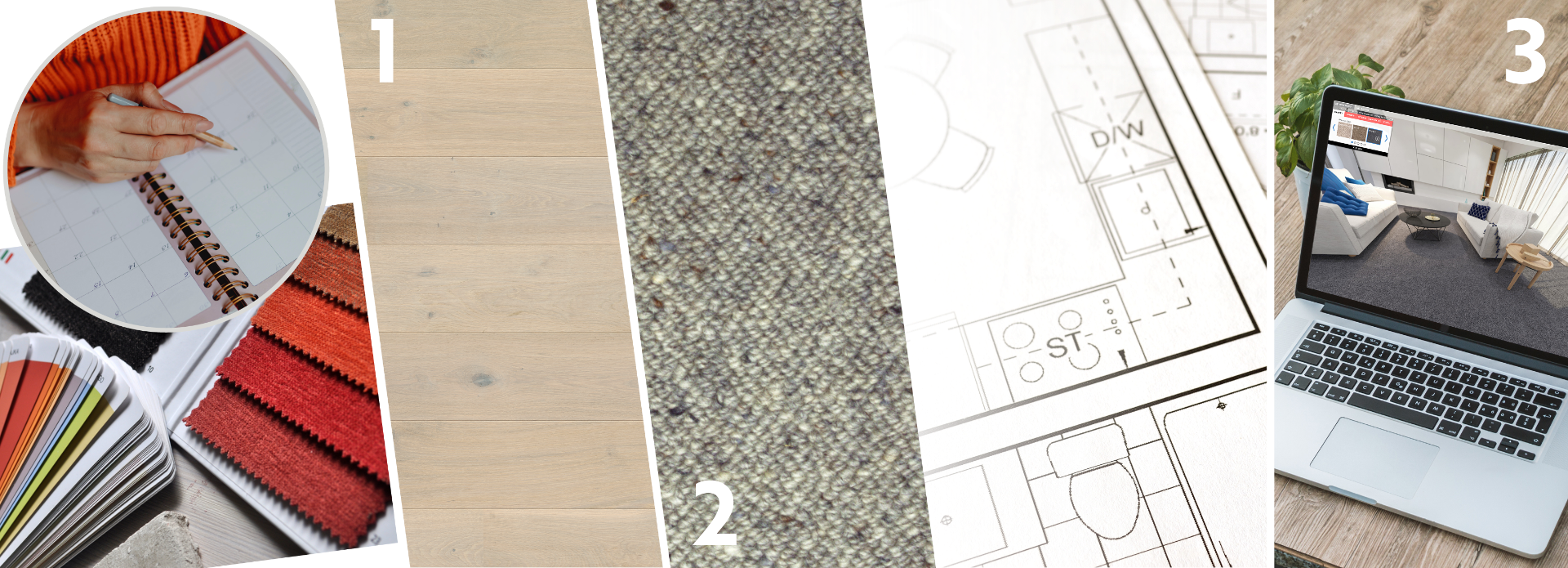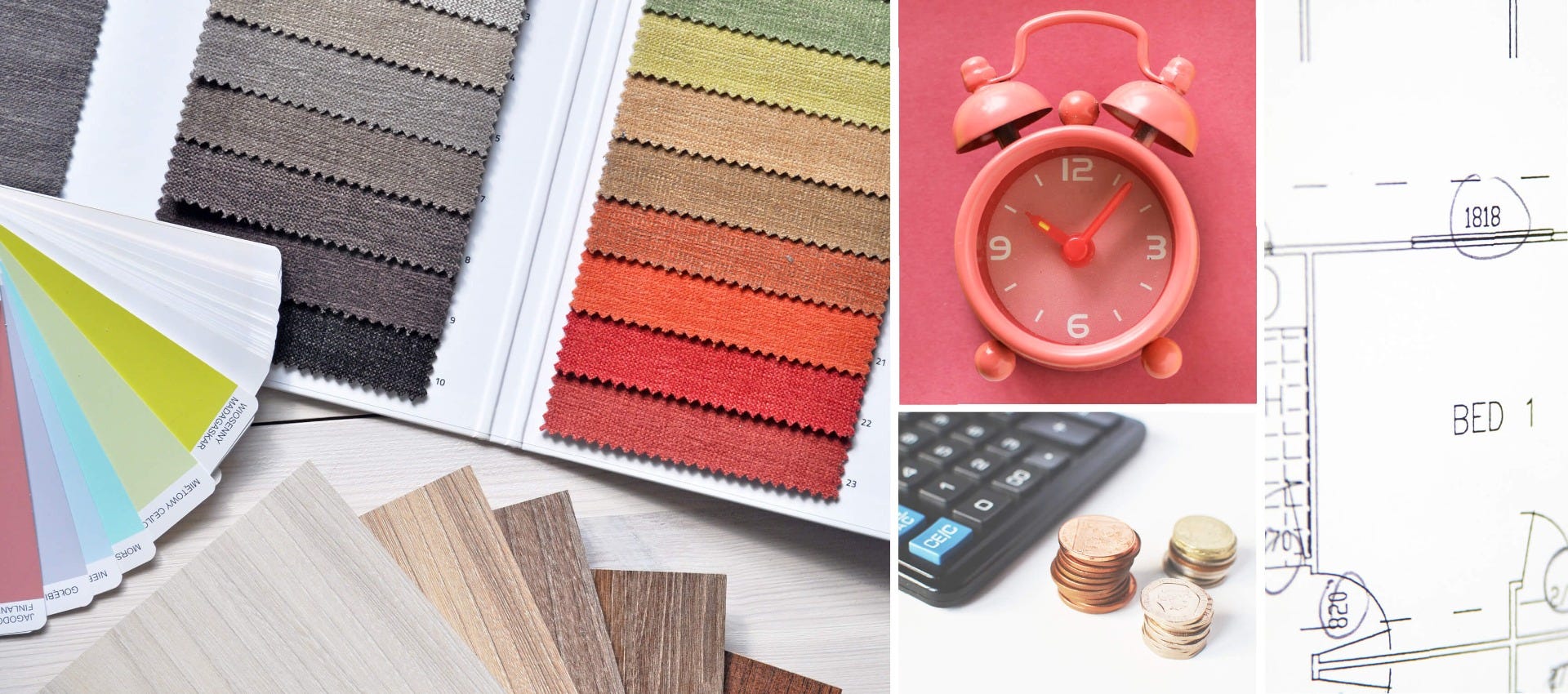How to Create a Mood Board and Scheme
What is the process for building a palette mood board?
When starting any project, the most overwhelming part can be knowing where to start. There are two vital things you need to establish before lifting a hammer or deciding on a paint swatch. These two things will give you the foundations from which to build your entire project.
The first is the brief.
A brief is a document that all designers will make from the initial conversations with a client and it outlines the framework and parameters of the project. All stakeholders must be considered in the brief - the home owner, their children, their pets, any live-in staff, grandparents and even visitors. If you work within the space, it can also mean clients, staff members and suppliers. Every task that needs to be carried out in the space must be considered so that the right solutions can be created.
You also need to consider practical elements within the brief such as time frame and budget, as well as more aesthetic considerations including personal style. The mood you’re trying to create is important to consider, as this will give you a guide to be able to make decisions to suit your desired result.
The second is visual reference.
Creating a visual reference will be one of the most useful resources throughout your renovation.
How do you see the space? What are the elements that make up the style? What are the visual cues that will be required to provide the most satisfying result? If you are unable to communicate this vision through sketching, find inspiration from interiors magazines, social media or blogs.
Ensure your visual reference is concise and targeted to your specific visual. Search for architectural details such as skirting and architraves, cornicing, timber balustrades or metal handrails, white, black or timber window frames, colour and profile type of doors, colour schemes, wall covering types, hard and soft flooring, tile options and tapware and type, colour, materials and style of kitchens and joinery. When you spot a common theme with elements occurring repeatedly, keep these references together and use these as the basis of your design.
Once you have your brief and a visual reference, the next thing to do is create your mood board. Begin by finding your must-have elements, such as a particular stone slab, flooring type, artwork or an architectural detail (staircase or fireplace).
Your next step is to source the pieces that suit your scheme, either online or in bricks and mortar stores. When considering furniture, seeing and feeling is important to judge scale and comfort, and the same applies to paint, fabrics and
flooring
. Take swatches home to assess how they work under different lighting conditions and alongside other finishes within the same space. It is imperative to understand whether the various elements will work cohesively.
Finding all the solutions before you begin gives you the best chance of having a smooth process and an outstanding result.

Get the Carpet Court Look
-
Timber, Premium Oak in Arctic White

